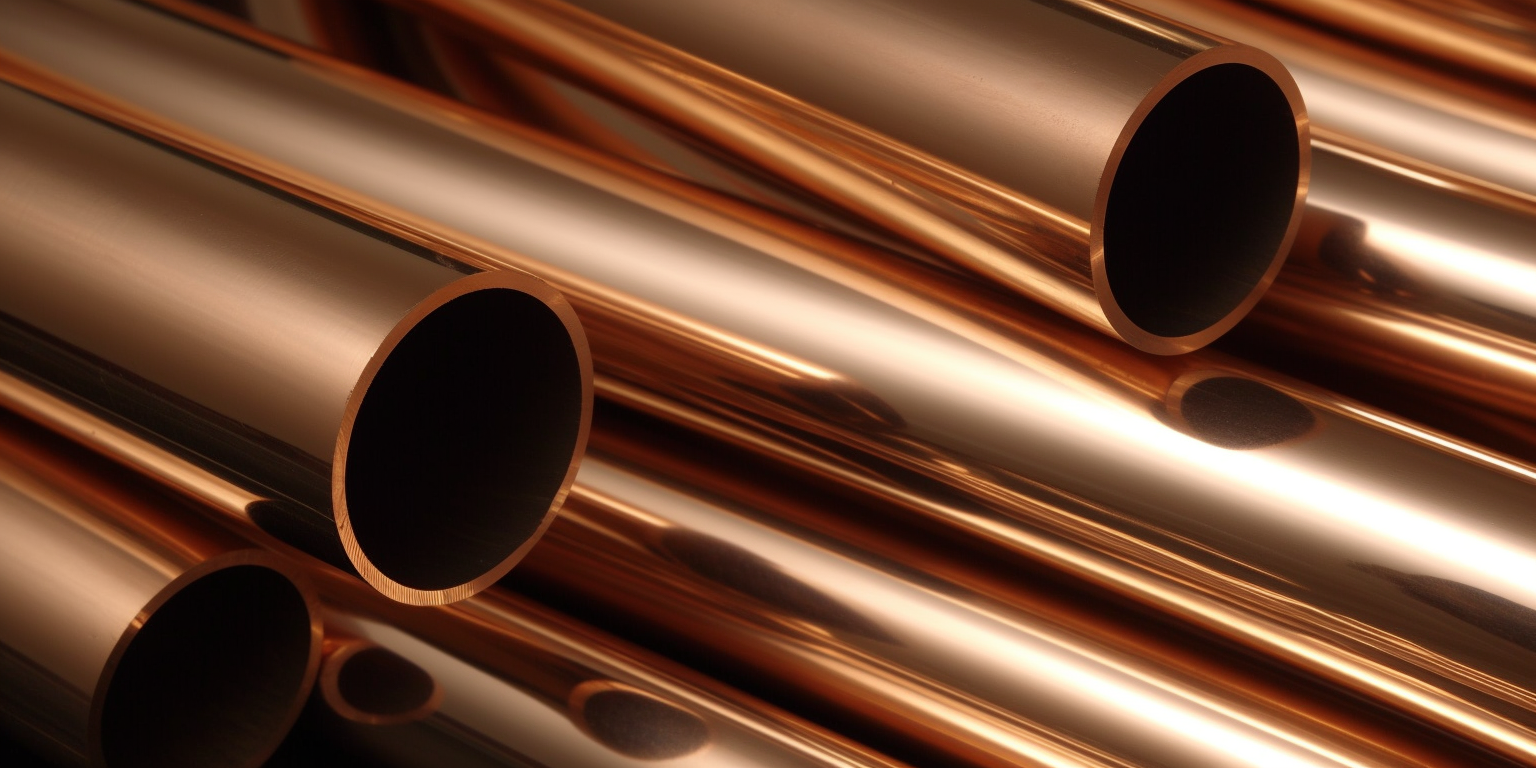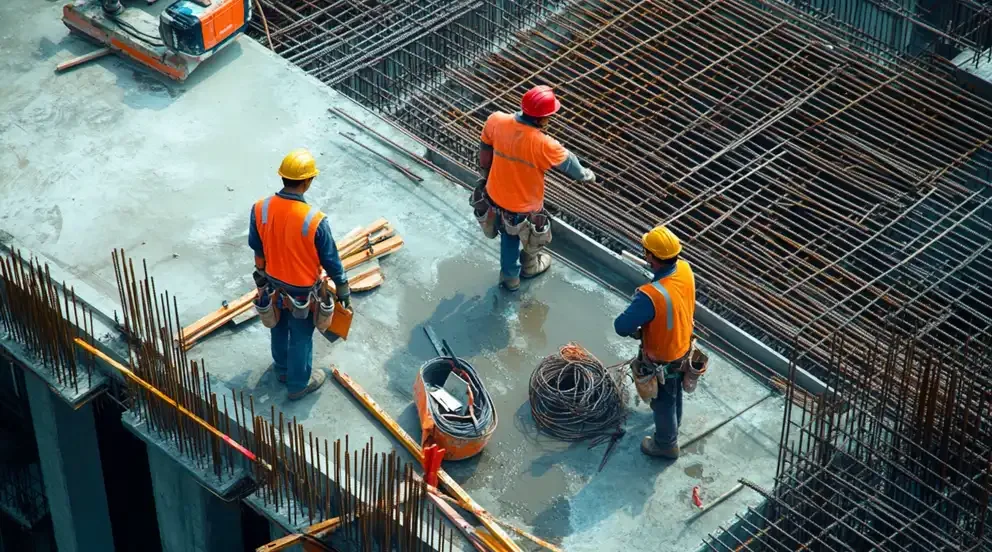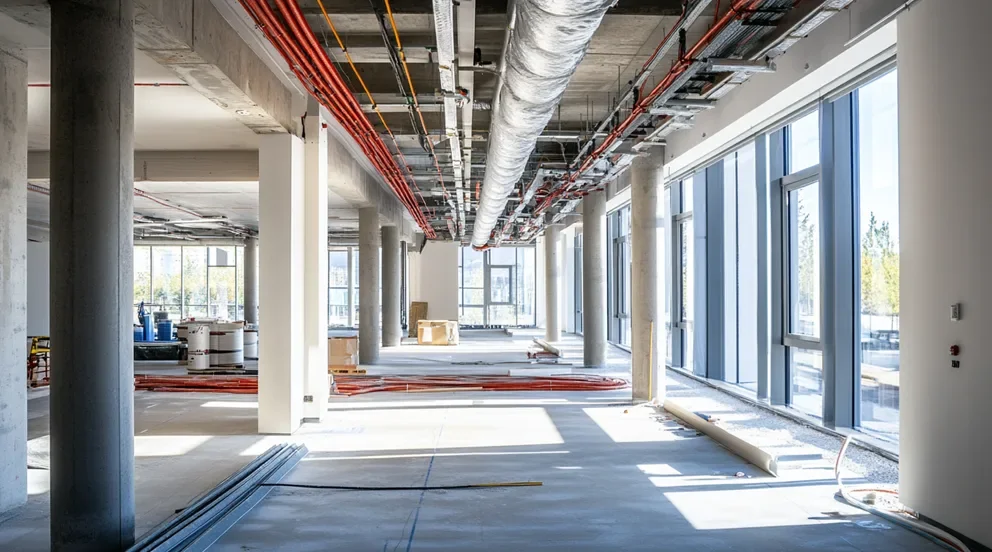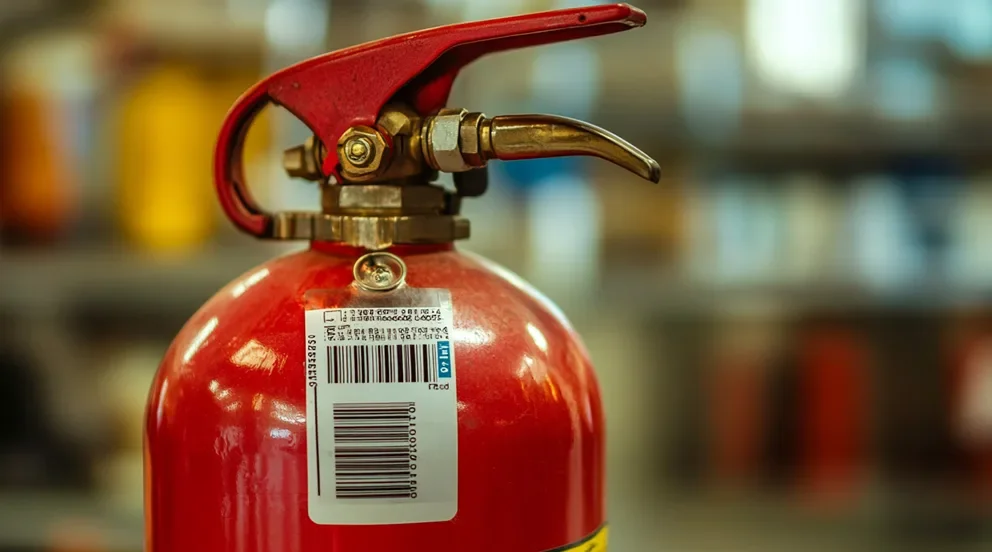Refrigeration copper tubing stands as the optimal choice for refrigeration systems, and it’s not hard to see why. The first advantage is its excellent thermal conductivity. Simply put, copper tubes transfer heat more efficiently than many other materials. This means your refrigerator cools faster and works less, extending its lifespan and reducing energy consumption.
Another characteristic that sets copper tubing apart is its high durability. It resists rust, corrosion, and physical impacts, ensuring a long life of reliable function. Imagine not having to worry about your refrigerator’s tubing system for years, if not decades!
Moreover, refrigeration copper tubing is versatile and easy to install. Its flexibility allows it to be bent to fit any configuration, making it adaptable to a variety of refrigeration system designs. This saves time and resources during installation and maintenance, which is always a plus for any homeowner or professional.
Lastly, refrigeration copper tubing is environmentally friendly. Copper is recyclable, meaning that even after its use in your refrigerator, it can be repurposed into new products, reducing waste and contributing to a sustainable future.
So, for anyone looking for an efficient, durable, versatile, and eco-friendly solution for their refrigeration system, refrigeration copper tubing is the clear winner!
What are the common uses of refrigeration copper tubing in the industrial and commercial sectors?
Refrigeration copper tubing stands out as a popular choice in the industrial and commercial sectors due to its excellent thermal conductivity, flexibility, and resistance to corrosion. One common use of this durable material is in the HVAC industry. It’s the go-to tubing for heating, ventilation, and air conditioning systems, efficiently carrying refrigerant gases between components.
In the food and beverage industry, refrigeration copper tubing plays a crucial role in the production process. It’s used to chill liquids quickly, maintain optimal temperatures during fermentation, and even in the carbonation process for beverages like beer.
In supermarkets and grocery stores, this tubing becomes a unseen hero, ensuring perishable items stay fresh. It’s used in refrigeration units, walk-in coolers, and freezers, circulating the coolant that keeps these retail food storage units at the right temperature.
In industrial machinery, you’ll also find copper tubing hard at work. It’s used in cooling systems of large equipment. The tubing carries coolants to reduce the heat generated by these machines, preventing overheating and improving their efficiency.
Last but not least, in the healthcare sector, refrigeration copper tubing is vital for preserving pharmaceuticals and other medical supplies at appropriate temperatures. It’s used in both large pharmaceutical refrigeration systems and smaller, specialized coolers.
What are the maintenance requirements of refrigeration copper tubing?
Refrigeration copper tubing requires regular maintenance to ensure its longevity and optimal functionality. Let’s start with the basics. Regularly inspect the tubing for signs of wear, such as cracks, abrasions, or discoloration. Spotting these early can help prevent leaks or other issues that could impair the efficiency of your refrigeration system.
Cleaning the tubing is another essential task. Dust and debris can accumulate on the surface, which may lead to clogs or corrosion over time if not addressed. Use a non-abrasive cloth and a mild cleaner to gently clean the tubing, remembering to wipe it dry afterwards to prevent moisture buildup.
Next, let’s talk about lubrication. Certain parts of refrigeration systems, including some associated with copper tubing, require regular lubrication to maintain seamless operation. Use only the recommended lubricant and follow the manufacturer’s instructions to avoid over-lubrication, which can attract dust and cause blockages.
Lastly, don’t forget the importance of professional servicing. Regular inspections by a certified technician can catch early signs of potential problems that might go unnoticed by the untrained eye. This includes checks for leaks, pressure level evaluations, and overall system performance assessment.
Remember, diligence in maintenance not only prolongs the lifespan of your refrigeration copper tubing but also ensures your refrigeration system runs at its peak efficiency. So, establish a consistent maintenance routine and adhere to it strictly.
Are there any specific installation guidelines for refrigeration copper tubing?
Sure, there are some specific guidelines you should follow when installing refrigeration copper tubing. To start, always ensure the tubing is free from kinks, as these can restrict the flow of coolant. You can achieve this by carefully unrolling the tubing without forcing it.
Next, it’s crucial to secure the tubing firmly to eliminate any possibility of vibration, which can cause wear and tear over time. Use specialized clamps designed for copper tubing and space them appropriately along the length of the tube.
When it comes to bending the tubing, use a professional tube bender to prevent any damage. This tool helps you make sharp bends without collapsing the tubing. Remember, any restriction in the tube can affect the efficiency of the refrigeration unit.
Avoid direct contact between copper tubing and dissimilar metals to prevent galvanic corrosion. If unavoidable, use non-metallic insulating material to separate the two metals.
Before making connections, clean the ends of the tubes with a pipe cleaner to ensure a tight seal. Apply a thin layer of flux to the joint area and use a propane torch to heat it. You can then add the solder, ensuring it flows into the joint for a secure connection.
Lastly, pressure test the system before use. This step is vital to check for any leaks and ensure the integrity of the installation.
By following these guidelines, you can ensure a safe and efficient installation of your refrigeration copper tubing.
What is the lifespan of refrigeration copper tubing?
Refrigeration copper tubing holds a significant place in the cooling systems due to its excellent thermal conductivity and corrosion resistance. The question that often crops up is, “What is the lifespan of refrigeration copper tubing?” Well, under ideal conditions, this tubing can last anywhere from 10 to 25 years.
This lifespan can be influenced by various factors. For starters, the quality of the copper tubing plays a crucial role. High-quality copper tubing, installed correctly, will serve you well for decades. Furthermore, the environment in which the tubing operates can also affect its lifespan. In harsh conditions with extreme temperatures or corrosive elements, the tubing’s life may shorten.
Regular maintenance is another key factor in prolonging the life of refrigeration copper tubing. By keeping a close eye on your system, you help ensure that minor issues don’t snowball into larger problems that could significantly shorten the lifespan of your tubing.
Let’s not forget the role of professional installation. Proper installation by skilled technicians can significantly enhance the lifespan of your refrigeration copper tubing. Poor installation can lead to leaks and other issues, which can significantly reduce the tubing’s longevity.
While refrigeration copper tubing has a general lifespan of 10 to 25 years, this can be influenced by several factors. High-quality material, regular maintenance, a friendly environment, and professional installation can all extend its lifespan and ensure it serves you well for years to come.
What are the environmental implications of using copper tubing in refrigeration systems?
Copper tubing in refrigeration systems has vital environmental implications worth considering. Firstly, copper is a highly durable material, withstanding extreme temperatures without losing its physical properties. This durability reduces the need for frequent replacements, subsequently minimizing waste and saving resources.
Additionally, copper offers superior thermal conductivity. This means refrigeration systems using copper tubing operate more efficiently, consuming less energy and consequently reducing greenhouse gas emissions.
However, it’s also essential to realize that copper mining and refining come with a significant environmental footprint. The process consumes vast amounts of energy, contributes to deforestation, and results in harmful emissions.
Moreover, irresponsible disposal of copper tubing can lead to environmental pollution as copper is a heavy metal. If discarded improperly, it could contaminate soil and water bodies, affecting both wildlife and human health.
That said, copper is recyclable, and nearly 80% of the copper ever mined is still in use today. Proper recycling practices can help mitigate some of these environmental impacts, making copper tubing a more sustainable choice for refrigeration systems.
While copper tubing offers certain environmental benefits like durability and energy efficiency, it also poses significant environmental challenges. It’s therefore crucial to balance these factors, follow responsible mining, use, and disposal practices, and continually explore more sustainable alternatives.
How does the cost of copper tubing compare to other materials used in refrigeration systems?
When it comes to refrigeration systems, copper tubing often holds the throne as the material of choice for its exceptional thermal conductivity, resistance to corrosion, and ease of installation. Let’s explore, in a friendly and simple manner, how the cost of copper tubing compares to other materials in the market.
Firstly, compared to steel, copper is indeed more expensive. However, considering its durability and longevity, you’ll find copper tubing to be a cost-effective choice in the long run. Copper systems tend to require fewer repairs and replacements, thus saving you maintenance costs over time.
Now, let’s take aluminum. While aluminum might initially seem a cheaper alternative, it has a lower life-span and is more prone to leaks. Fixing these issues can add to the operational costs, making it potentially pricier in the long haul.
Then there’s stainless steel, which has a comparable cost to copper. But it’s important to note that copper tubes are generally easier to work with, which can reduce labor costs. Plus, copper’s superior thermal efficiency means refrigeration systems run more efficiently, further contributing to energy savings.
In essence, while the upfront cost of copper may be higher than some alternatives, the total cost of ownership — when you factor in maintenance, energy efficiency, and lifespan — can make copper tubing an economically sound choice for your refrigeration systems. Remember, it’s not just about the initial price tag but the overall value you get in return.
What new technologies are available in the maintenance of refrigeration systems?
When it comes to keeping refrigeration systems running smoothly, some exciting new technologies are changing the game. One game-changer is the advent of smart sensors. These gadgets continually monitor the refrigerant, detecting early signs of leaks. Once a leak is spotted, the system alerts the maintenance staff, enabling them to tackle the issue before it escalates.
Another significant advance is predictive maintenance software. This tool collects data from various components of the refrigeration system, including refrigeration copper tubing. It uses the data to predict potential failures, allowing technicians to address them proactively. This software can save time and money by reducing downtime and avoiding costly repairs.
In addition, we are now seeing the emergence of 3D printing in refrigeration maintenance. Using this technology, technicians can quickly manufacture replacement parts on-site, reducing the wait times associated with ordering from a supplier.
Finally, there’s the Internet of Things (IoT). By embedding IoT devices in refrigeration systems, technicians can remotely monitor the installation, checking temperatures, pressures, and the condition of the refrigeration copper tubing. This allows for more efficient troubleshooting and diagnosis of problems, helping to keep the systems running at optimal performance.
Key Takeaways:
- Copper tubing in refrigeration systems has a lifespan of 10-25 years, which can be extended by using high-quality material, regular maintenance, conducive environment, and professional installation.
- Environmental implications of using copper tubing include its high durability and energy efficiency while posing challenges like energy-intensive refining process and pollution due to improper disposal.
- The cost of copper tubing is higher than steel and aluminum but proves to be cost-effective in the long run due to lower maintenance costs, superior thermal efficiency, and longer lifespan.
- New technologies in refrigeration system maintenance include smart sensors for detecting leaks, predictive maintenance software for proactive failure detection, 3D printing for rapid part replacement, and IoT devices for remote system monitoring.



